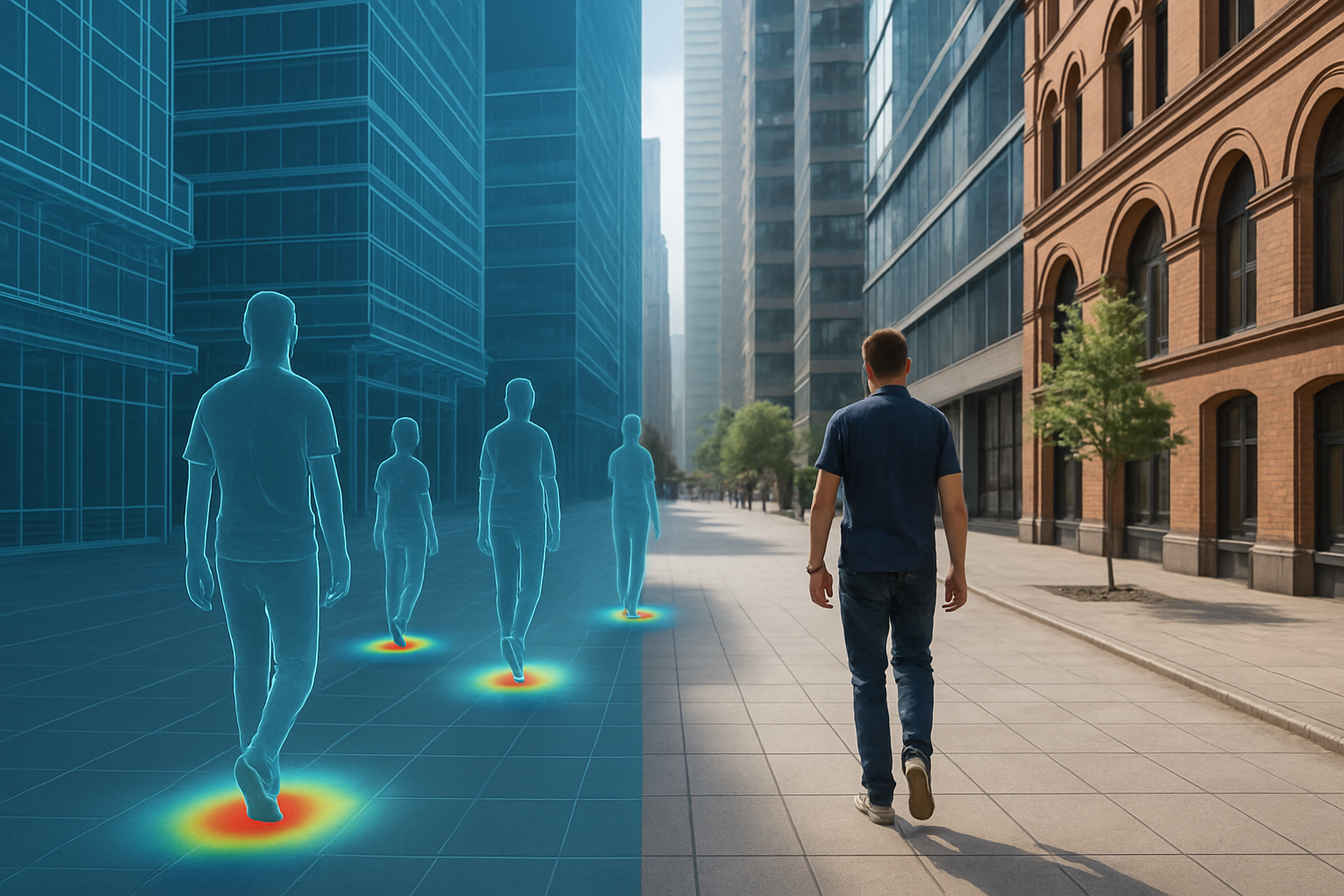Designing for the Invisible: Understanding Users in Digital Twins

Let’s talk about what you don’t see—literally. In the world of digital twins, user behavior is the invisible layer that silently shapes how these environments work. And yet, it’s precisely this unseen dynamic that defines whether a digital experience succeeds or fails.
At Mattertraffic, we live by a simple truth: what happens inside the simulation is just as important as the simulation itself. Because when we understand how people move, pause, explore, or disengage in digital spaces, we’re not just observing—we’re learning how to design better.
What Is a Digital Twin, Really?
At its core, a digital twin is a real-time virtual replica of a physical object, system, or environment. Think of it as a living mirror—fed by sensors, logic, and user input—that reflects and reacts to what’s happening in the real world.
Digital twins are everywhere: in smart factories, hospitals, campuses, and even cities. But while most efforts focus on machines, systems, and infrastructure, the most complex and variable element is often left out: the human user.
That’s where behavior tracking enters the conversation.
From Invisible to Insightful: Capturing Behavior in 3D Space
Every user interaction leaves a trail—how someone moves through a space, where they linger, what they engage with, and what they avoid. In physical environments, collecting this data at scale is costly and complex. But in digital twins, it’s already there—waiting to be decoded.
Movement across XYZ coordinates, gaze direction, click frequency, dwell time—these aren’t just raw numbers. They’re narratives. Stories of confusion, curiosity, friction, and flow.
By mapping behavioral data back onto the environment itself, we transform simulations into living feedback loops. Heatmaps show where users focus. Bottleneck zones expose navigational friction. Abandoned areas hint at design flaws. Suddenly, the invisible becomes actionable.
Behavior as a Design Feedback Loop
Let’s ground this in real-world examples:
In a smart factory simulation, you might notice technicians taking inefficient routes between workstations. Instead of retraining them to fit the layout, what if the layout adapted to them?
In a virtual college tour, you see that prospective students consistently skip a particular department or get lost near the main hall. That’s not just noise—it’s a call to improve wayfinding, layout, or even curriculum messaging.
In a digital healthcare training module, if trainees repeatedly hesitate at a specific step or overlook an essential tool, that moment of friction becomes a signal for redesign—not just a user error.
This is behavior as feedback. And it’s powerful.
Designing With, Not Just For, the User
Traditional UX often starts with assumptions: personas, test cases, and best guesses. Behavior-driven design replaces guesswork with lived patterns.
When you design with behavioral input, your digital twin becomes more than a mirror—it becomes a responsive ecosystem. One that adapts to how people use it, not how we think they should.
At Mattertraffic, we treat every click, pause, and glance as a conversation. One that informs how we evolve the environment. Because meaningful design doesn’t just anticipate users—it listens to them.
Under the Hood: How We Capture the Invisible
So how does this actually work? Here’s a look at the core technical layers:
- Spatial tracking: Every user move is logged in 3D space, building precise maps of flow, congestion, and inefficiency.
- Gaze and orientation: We capture not just where users are—but what they’re looking at. This tells us what draws attention and what’s ignored.
All of this is rendered in visual dashboards that overlay directly onto the environment—making insights intuitive and spatially grounded.
Read on Medium:
https://medium.com/mattertraffic/designing-for-the-invisible-understanding-users-in-digital-twins-8a09bf12582a
